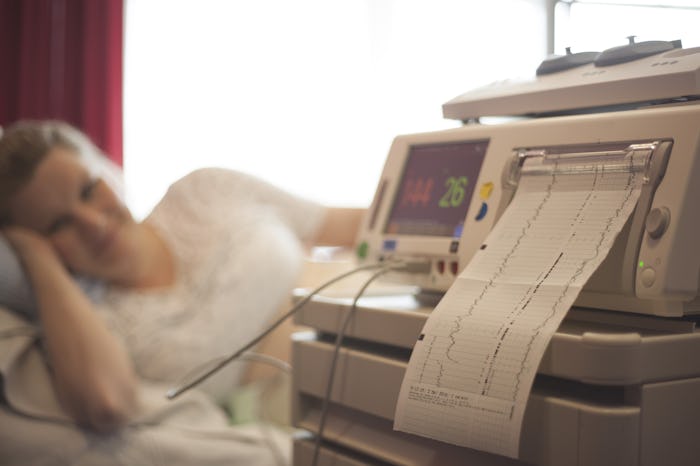Life

The Must-Know Info About Active Labor
Despite what the movies portray, being in labor isn't one big dramatic performance where the intensity remains the same the entire time. Rather, labor is made up of different stages, each with increasing intensity as you get closer to delivering. Labor is divided into different stages. The first stage is generally the longest, made up of both early and active labor. Early labor is pretty self-explanatory, but what does "active labor" mean and where does it fall in the "delivery trajectory?"
According to Baby Center, active labor is the phase when your cervix begins to dilate more quickly and your contractions are stronger and closer together. Before active labor, your water may break, or you may be having irregular contractions that are further than five minutes apart.
The American Pregnancy Association noted that active labor is part of the "first stage" of labor, which lasts from the time your cervix is three centimeters dilated until you're seven centimeters dilated. After active labor, you move into transition which is the most difficult (and also generally the shortest) part of labor.
The onset of active labor is also when you'll be advised to go to the hospital or birthing center. Early labor can last hours, or even days, so once you've entered active labor and your contractions are regular and getting more intense, you'll know things are progressing.
Fit Pregnancy suggested that mothers focus on staying mobile during active labor, switching positions as often as they need to. After active labor and transition, the Mayo Clinic explained, you'll move into the second stage of labor — the pushing (or delivery) phase, followed by the third (much less exciting) phase of birthing the placenta.
Although labor is never simple or easy, having a "road map" of what to expect during each stage of labor can help you be as prepared as possible when the big day arrives.